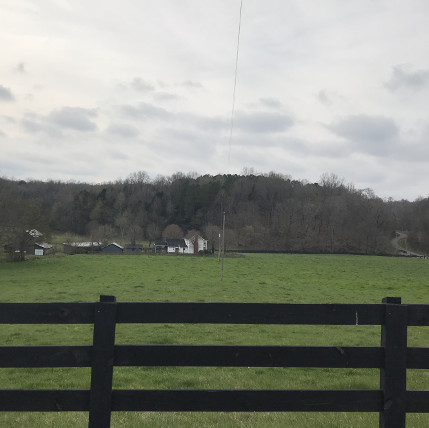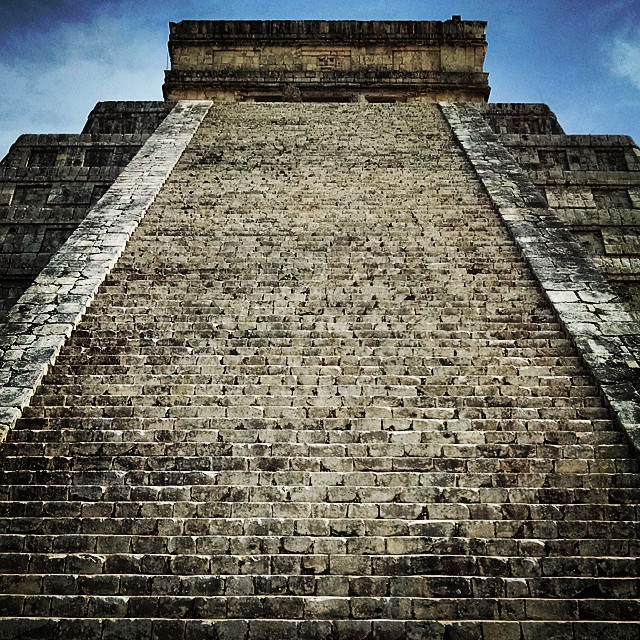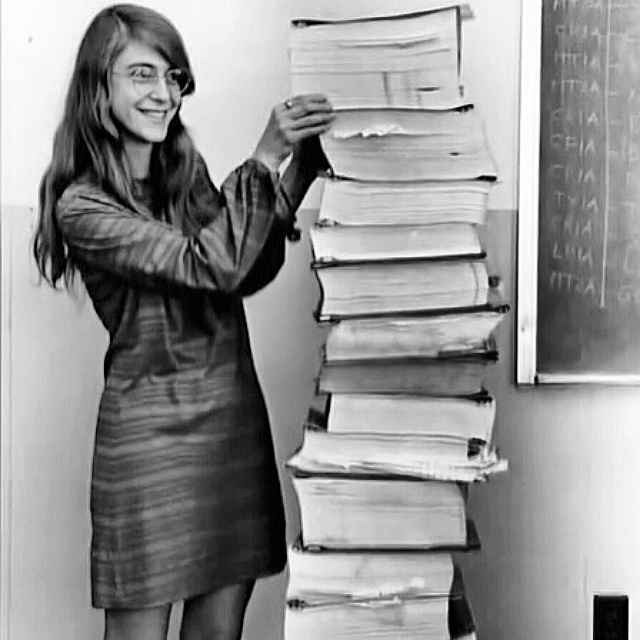 It was men who first adopted the first bikes, dangerous and perhaps-alluringly impractical high wheel "penny-farthings," but it was subsequent wide-demand from women for a more practical model, the "safety bike," that made this new form of transportation a household item. The rise of the bicycle is a perfect example of how a successful technology starts off as a novelty, is then adopted by a niche group of users before, finally, becoming an essential component of modern day life. It is also another technology that has been driven forward (literally) by our relentless push to make more efficient use of time. Click to Read More...
It was men who first adopted the first bikes, dangerous and perhaps-alluringly impractical high wheel "penny-farthings," but it was subsequent wide-demand from women for a more practical model, the "safety bike," that made this new form of transportation a household item. The rise of the bicycle is a perfect example of how a successful technology starts off as a novelty, is then adopted by a niche group of users before, finally, becoming an essential component of modern day life. It is also another technology that has been driven forward (literally) by our relentless push to make more efficient use of time. Click to Read More...
Technology History
Sat, 27 Jun 2020
Fri, 23 Aug 2019
 With a 1948 research paper, Claude Shannon pretty much single handedly invented the idea of information. Before then, engineers would design logical circuits, or work to reduce noise in telephone transmission lines, on a case-by-case basis, not realizing their separate efforts would be unified under a single theory, around which an entire body of scientific body would be built.
Shannon was the first to realize all information had the same fundamental characteristics, no matter the sender, receiver, or content, according to a recent biography. Fortuitously, his work was instrumental to the then-emerging science of building computational machines. Click to Read More...
With a 1948 research paper, Claude Shannon pretty much single handedly invented the idea of information. Before then, engineers would design logical circuits, or work to reduce noise in telephone transmission lines, on a case-by-case basis, not realizing their separate efforts would be unified under a single theory, around which an entire body of scientific body would be built.
Shannon was the first to realize all information had the same fundamental characteristics, no matter the sender, receiver, or content, according to a recent biography. Fortuitously, his work was instrumental to the then-emerging science of building computational machines. Click to Read More...
Fri, 12 Jul 2019
 Back before we learned how to extract iron from ore, we relied on meteorites for iron deposits. One meteor that fell in Greenland was used Eskimos for more than a century. The mining of ores underground signified a new boldness in human exploration.
Click to Read More...
Back before we learned how to extract iron from ore, we relied on meteorites for iron deposits. One meteor that fell in Greenland was used Eskimos for more than a century. The mining of ores underground signified a new boldness in human exploration.
Click to Read More...
Sat, 20 Apr 2019
 Glass did not start out as its own thing. For thousands of years before people used glass to make windows, containers or figurines, they used the substance only as a strong, translucent coating for pottery. It took a few more centuries until Egyptians learned to forge glass -- with its own unique properties -- into novel shapes. The products were slowly spread through Europe by Phoenician traders. Click to Read More...
Glass did not start out as its own thing. For thousands of years before people used glass to make windows, containers or figurines, they used the substance only as a strong, translucent coating for pottery. It took a few more centuries until Egyptians learned to forge glass -- with its own unique properties -- into novel shapes. The products were slowly spread through Europe by Phoenician traders. Click to Read More...
Sun, 16 Dec 2018
 Long before humans created machines they learned how to make machines from themselves.
Long before humans created machines they learned how to make machines from themselves.
The neolithic era was one of small democratic communities, where technology was born of practical innovation. Certain projects had to be done that could not be done by the villages themselves, however, and they required a larger organizing entity. This was born the need for a King. The King used a combination of secret scientific know-how, an enforcing bureaucracy, and perhaps an endorsement from the local deity, to get these large projects completed. The pyramids were built this way, with a precision rivaling that of today, so argued Lewis Mumford in his 1966 book Technics and Human Development.
The organization of the throne, however, came not without a fair amount of human suffering and alienation, as you might guess. And over time, resentment grew within the people. Click to Read More...
Fri, 20 Apr 2018
 In the Neolithic era, roughly about 10,000 to 5,000 BC years ago, humankind moved beyond being hunter-gatherers to also cultivating crops and raising animals. People went from gathering food to systematically planning for an intended harvest in the future.
In the Neolithic era, roughly about 10,000 to 5,000 BC years ago, humankind moved beyond being hunter-gatherers to also cultivating crops and raising animals. People went from gathering food to systematically planning for an intended harvest in the future.
The transition brought some amazing advances for human thinking. "Infinitely more was accomplished in this line of inventions in the five thousand years before the Bronze age than has been achieved by civilization in an equivalent period since," wrote philosopher Lewis Mumford. It also put women on equal footing with men for the first time. Click to Read More...
Wed, 28 Mar 2018
 WTF is up with this? Mary Shelley, 18, invented the Science Fiction genre in a single night, writing what would be the origins of "Frankenstein" in an evening parlor game led by Lord Byron; About 27 years later, a daughter of Byron's, Ada Lovelace, published the world's first computer program.
Both acts, which arguably modern civilization rests upon as much as anything, were, in a manner of speaking, influenced by Byron. A fearsome and fearful influence, he turned out to be.
Click to Read More...
WTF is up with this? Mary Shelley, 18, invented the Science Fiction genre in a single night, writing what would be the origins of "Frankenstein" in an evening parlor game led by Lord Byron; About 27 years later, a daughter of Byron's, Ada Lovelace, published the world's first computer program.
Both acts, which arguably modern civilization rests upon as much as anything, were, in a manner of speaking, influenced by Byron. A fearsome and fearful influence, he turned out to be.
Click to Read More...
Sat, 23 May 2015
 As giant piles of rocks go, the Mayans did a phenomenal job building El Castillo at Chichen Itza, in Yucatan Mexico. The pyramid, built sometime between the 9th and 12th centuries, has 91 steps on each side, adding to a total of 364. An additional single step at the top brought the temple in align with the modern yearly calendar of 365, one trip, more or less, around the giant ball of fire in the sky. Was this design intentional? Click to Read More...
As giant piles of rocks go, the Mayans did a phenomenal job building El Castillo at Chichen Itza, in Yucatan Mexico. The pyramid, built sometime between the 9th and 12th centuries, has 91 steps on each side, adding to a total of 364. An additional single step at the top brought the temple in align with the modern yearly calendar of 365, one trip, more or less, around the giant ball of fire in the sky. Was this design intentional? Click to Read More...
2014-12-13
 This is Margaret Hamilton, who was the lead software engineer for the
NASA Apollo space flights to the moon--back when computer science was still a nascent field, and all that typing was considered women's work. See Photo...
This is Margaret Hamilton, who was the lead software engineer for the
NASA Apollo space flights to the moon--back when computer science was still a nascent field, and all that typing was considered women's work. See Photo...
![]()
Back